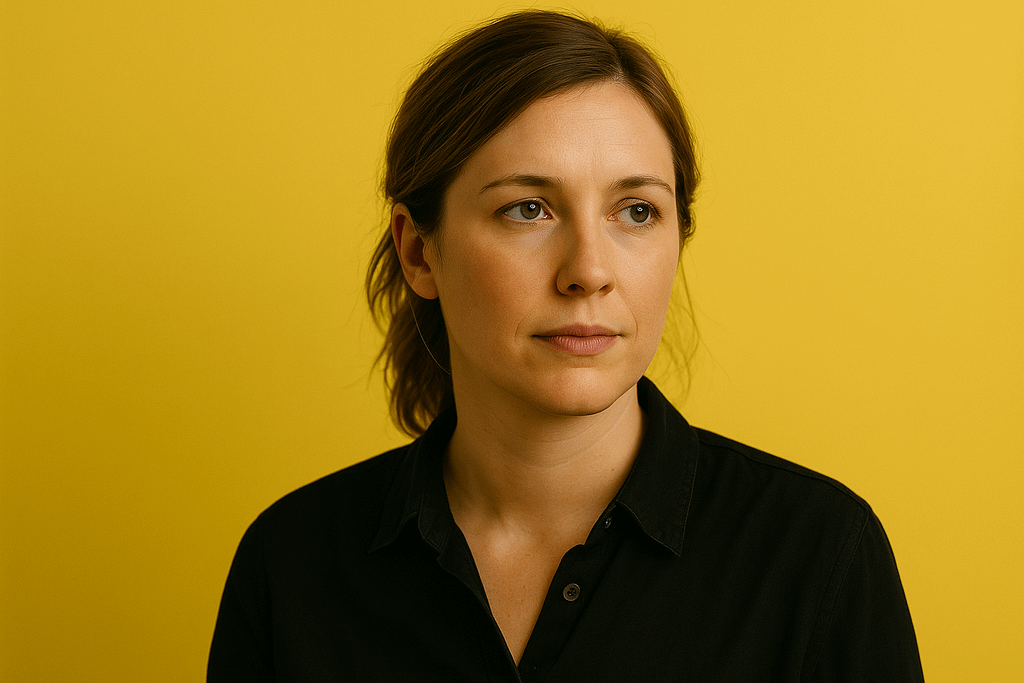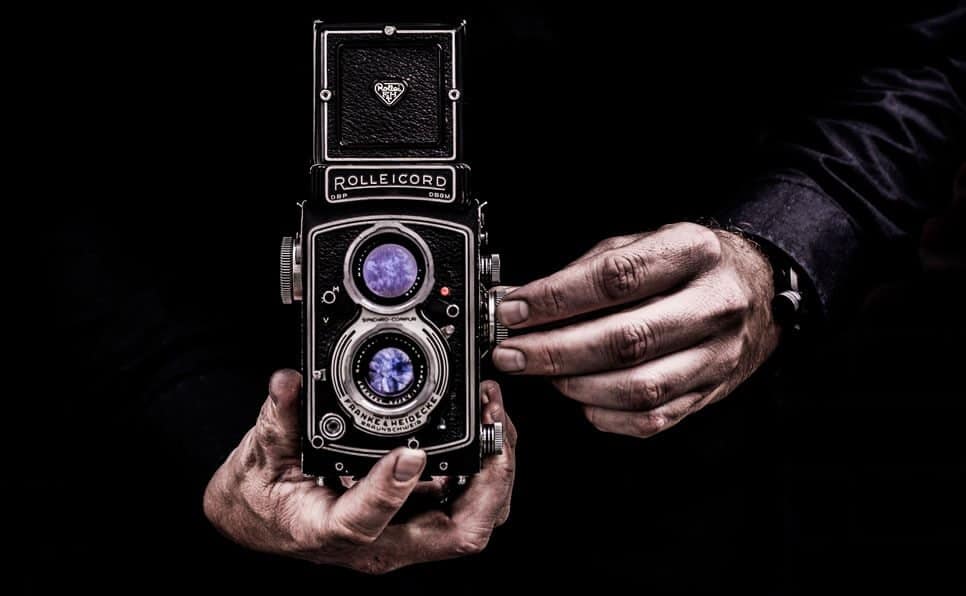Color correction is more than fixing tones. It shapes emotions, builds atmosphere, and directs the audience’s focus.
In part one, we explored the basics. Here, we dive deeper. Fawn Sebastian explains why color is storytelling, not just editing.
Every frame carries meaning. Warm tones can suggest comfort. Cold tones create distance. A sudden color shift can change the entire mood.
Fawn shows how small corrections make big differences. A brighter scene can feel more hopeful. A darker tone may add tension.
She also explains her process. First, she studies the story. Then, she matches colors to the director’s vision. Finally, she fine-tunes every frame.
For Sebastian, color is communication. It connects the audience to characters and guides emotions without words.
She warns against over-editing. Too much correction feels fake. Subtle grading keeps the story authentic.
In this second part, the focus is on practice. She shares examples from films and commercials. Each one proves how color shapes the narrative.
Fawn Sebastian reminds us: color correction is not decoration. It is storytelling in its purest form.



